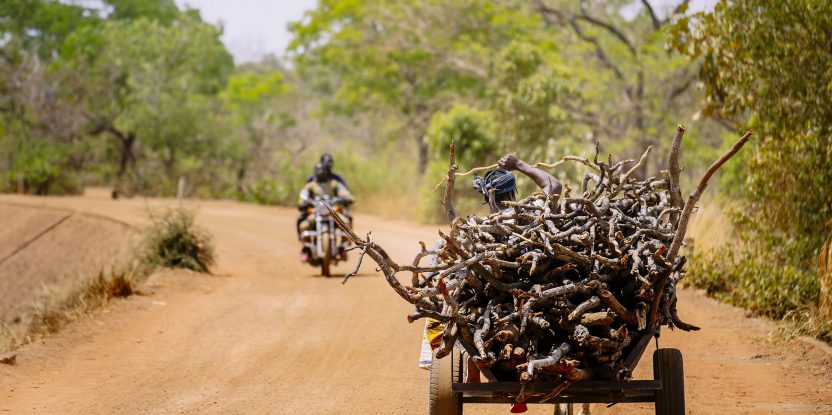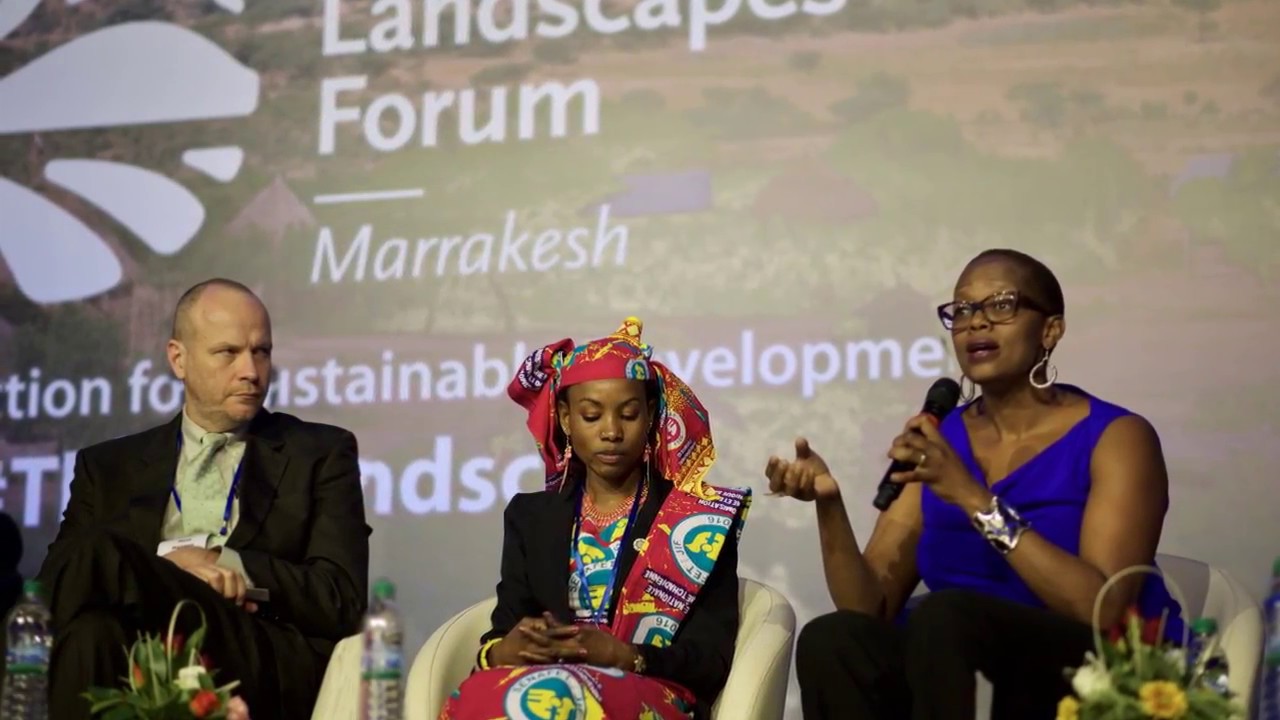
An increasing number of states are embracing commitments made under the Paris Agreement to reduce greenhouse gas emissions and limit global temperature rise. But how do these grand ambitions play out in reality?
In practice, climate action gains traction at the ground level — ‘where the rubber hits the road’, so to speak — and that requires collaboration among a whole range of different stakeholders.
Besides national governments, subnational governments are increasingly involved in action on climate change in the land use and forestry sectors. Non-state actors, including indigenous groups (which sometimes own and manage important territories), non-governmental organizations and the private sector, are also playing a growing role.
So how can the efforts of these various groups be best coordinated to meet national and international pledges, bringing real action on climate change?
A political world
Anne Larson, a Principal Scientist with the Center for International Forestry Research (CIFOR), has led research on this issue in five countries as part of the Global Comparative Study on REDD+, including two national studies on systems of monitoring, reporting and verification (MRV).
She says that even with apparently technical issues like MRV, political tensions tend to emerge both horizontally and vertically among stakeholder groups when trying to turn ideas into reality. This shouldn’t discourage efforts to take action but suggests that we need to take a different approach.
“We can’t ignore political realities,” she says. “We have many great ideas, but no matter how great they might sound technically, we always bump into reality when we hit the ground and try to start implementing.”
“Politics is not necessarily good or bad, it just is. We need to embrace this and learn to work in this reality.”
Pham Thu Thuy, another CIFOR scientist involved in the study, says her research in Vietnam found that politics not only influenced coordination, but also shaped perceptions of goals and challenges among different levels of governance.
“Different levels perceive different problems. But also how they actually define the problem is based on their own perception and their political interest,” Thuy says.
The answer to coordinating those differences, she says, is to take a landscape approach.
“You have to be aware of these politics and think about how you can bring together every piece of information and every active group to make a policy work,” she says.
“And I think that for the land-use system, if you want something to work, basically it has to be at the landscape level.”
A landscape view
At the Global Landscapes Forum in Marrakesh, subnational and non-state actors were invited to share their perspectives on the matter of catalyzing action on the ground.
The term ‘non-state actors’ includes researchers, civil society and other community-level groups, but via global climate negotiations in recent years has become shorthand for the private sector.
Bruce Cabarle, Team Leader of Partnerships for Forests, an initiative for investment in sustainable use of land and forests, said in discussion at GLF that public-private-people partnerships were key to applying lessons learned into the future.
“The more interesting question is: How do we get synergies and complementarity between voluntary certification schemes and government regulations so that they are mutually reinforcing?” he asked.
Christoph Thies, a forest campaigner for Greenpeace, welcomed cooperative efforts among sectors, but maintained that states should take the lead.
“The private sector should never replace the roles and responsibilities of governments,” he said.
For Thies, the answer lies in understanding political factors as both challenges and opportunities for change.
“Technical barriers can be overcome,” he said. “To really address the landscape requires political will.”
On the ground
Fernando Sampaio, Executive Director of the PCI (Produce, Conserve and Include) Strategy State Committee in Mato Grosso, Brazil, acknowledged the importance of both private-sector and civil society involvement in ground-level efforts, from a subnational government perspective.
“The private sector is an important part of the process, but we also need to include other stakeholders who are excluded from the process,” he said.
Excluded groups often include indigenous peoples, whose land rights are not always recognized. Norvin Goff, President of MASTA, an indigenous federation that represents the Miskitus of the Honduran Mosquitia, said that blueprint approaches to land and forest use rarely work at the ground level for indigenous communities.
“We don’t need a set formula that has been used in the past, we need to create an approach together,” Goff said.
He urged closer partnerships between government and indigenous groups.
“Instead of an enemy, they should consider us as part of the solution,” he said.
We want you to share Forests News content, which is licensed under Creative Commons Attribution-NonCommercial-ShareAlike 4.0 International (CC BY-NC-SA 4.0). This means you are free to redistribute our material for non-commercial purposes. All we ask is that you give Forests News appropriate credit and link to the original Forests News content, indicate if changes were made, and distribute your contributions under the same Creative Commons license. You must notify Forests News if you repost, reprint or reuse our materials by contacting forestsnews@cifor-icraf.org.



